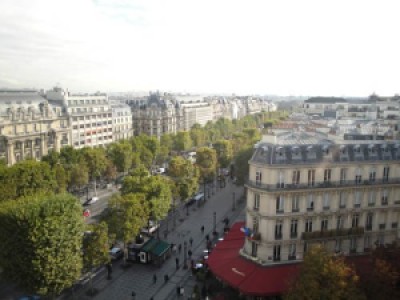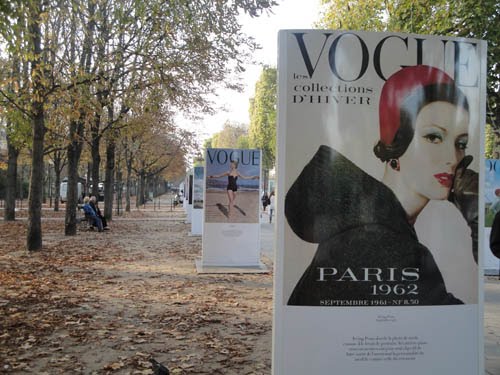One of my great loves is chocolate. As a child I would eat nestle crunch bars by the dozen and have since moved on to more sophisticated international chocolates (ie. jars of nutella). Thankfully I have been blessed with a fast metabolism. Though I must admit that I consume chocolate in small (daily) doses, and indulge in mostly dark varieties, having rationalized those as the most healthy.
When a friend proposed a chocolate tour I was initially reluctant. Could I not eat my way through Paris’ chocolatiers without a guide? Surely! But my curiosity kicked in and I thought a tour could be fun, especially one involving friends and lots of French chocolate. I might even learn a thing of two.
The Chocolate Walk began at the Louvre, once home to Louis XIII. It was there that liquid chocolate was first given as a gift to King Louis in 1615 from Anne of Austria. That began the French love affair with chocolate. The first chocolate shop was strategically located around the corner, at what is now a restaurant on rue de l’Arbre Sec.
In addition to being enlightened on the many scandals that took place behind royal doors, I learned that hot chocolate was a delicacy, drunk only by the royalty. In the beginning of the 18th century the chocolate was mixed with milk (rather than water and spices), and there were questions raised as to its purpose. Food, drink, medicine or love potion? (The latter, bien sûr!)
We continued along the right bank, stopping in select chocolatiers. I promised my tour guide I would not give away all of her dark secrets, but will share my two favorite chocolate shops and the crème de la crème of chocolates from each.
There are three Côte de France in Paris. This one was on 25 Avenue de l’Opera, and yes, I did feel like I had entered the royal hall of chocolate. Surrounded by the look and smell, I could barely pay attention to the explanations of the many chocolate varieties. I was ready and eager to taste!
Before the tasting begins, a quick lesson in French chocolate. There are two distinguished types: praliné, which consists of roasted nuts (most commonly almonds), and ganache, chocolate mixed with cream, originally called ‘Idiots chocolate’ as it was made by accident. Imagine?
Here we tried one of the signature chocolates, praliné mixed with small pieced of crushed cookie. Strong, dark and rich. Does is get much better?
Michel Cluizel, on 201 rue Saint Honoré, is another must in the gourmet world of French chocolate.
It was the praliné des aïeux, a mixture of grilled almonds and hazelnuts covered in dark chocolate, that left me wondering if this is what heaven might taste like. Pure decadence!
For those gourmands equally as enamored with chocolate, this week (Oct 28-Nov 1) marks the annual Salon du Chocolat. I will soon find out just how many hours can be spent tasting chocolate…
If you crave more sweet stories, check out friend and fellow chocoholic Amy, aka Sweet Freak.
























